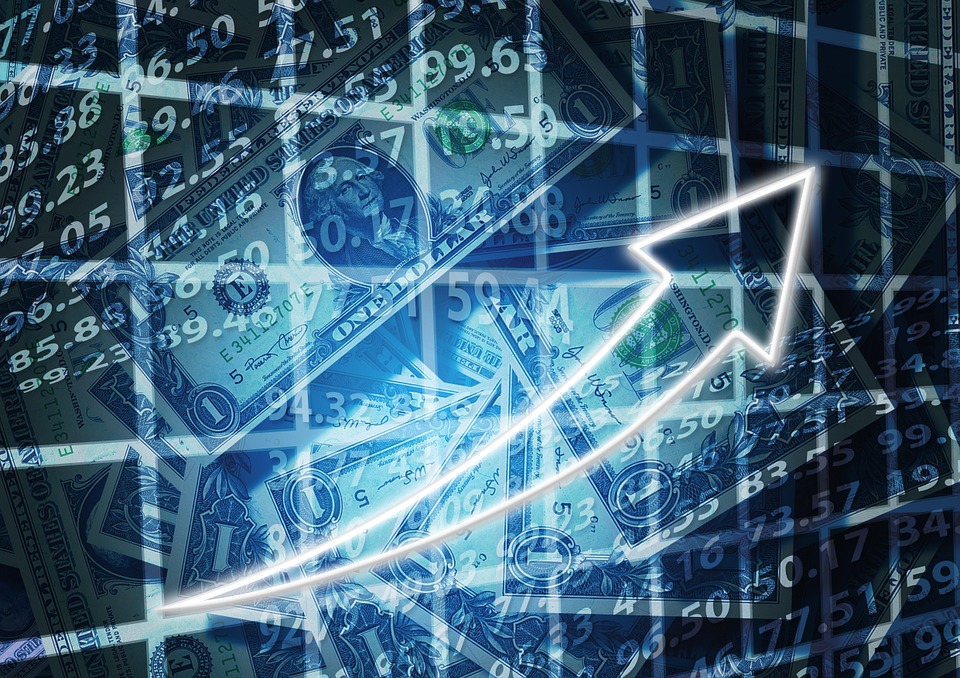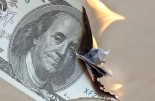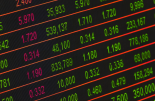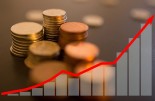WisdomTree: Is rising inflation around the corner?
WisdomTree: Is rising inflation around the corner?

By Mobeen Tahir, Associate Director, Research, WisdomTree
Market expectations of inflation are on the rise. The US breakeven inflation curve, which measures the difference between nominal rates and real rates at each maturity level, has experienced a notable parallel shift upwards in the last six months and risen above pre-pandemic levels (see figure 01).
Source: WisdomTree, Bloomberg. Data as of 08/01/2021. Historical performance is not an indication of future performance and any investments may go down in value.
Markets are expecting nominal rates to remain low in the near-term even as inflation starts to rise. The US Treasury nominal yield curve steepened over 2020 and did so especially since the third quarter of the year (see figure 02). Curve steepening means that markets expect rates to rise eventually, but not in the near term.
Source: WisdomTree, Bloomberg. Data as of 08/01/2021. Historical performance is not an indication of future performance and any investments may go down in value.
The US Federal Reserve (Fed) has overtly shifted its policy stance to target average inflation going forward rather than aiming to bring inflation to a level around 2%. The Fed is therefore expected to keep monetary policy accommodative allowing inflation to rise above 2% to offset the period of inflation being below that level. Continued accommodation at a time when money supply from the central bank is meaningfully above any point in history is an altogether new paradigm. This makes it difficult to predict where inflation will end up. It also puts a question mark on the Fed’s ability to rein inflation in when required by tightening policy without sending markets into a tantrum.
There could be inflationary pressures outside the realm of monetary policy too. With Democrats now expected to have control in the senate, there is a possibility of greater than previously anticipated fiscal stimulus in the US. If vaccines fulfil their promise of controlling the pandemic and some semblance of normalcy returns to the world, we may see ‘demand pull inflation’ in the second half of the year. This would be a scenario where aggregate demand, or spending, increases in the economy as lost jobs are restored and economic activity picks up. Economists refer to this as ‘pent up demand’, or the restoration of foregone spending during the downturn.
For investors, a good time to think about inflation would have been 6 months ago. The second-best time could be now. There are myriad ways of protecting the real value of portfolios. Which solution works best can vary for different investors. Some may prefer inflation linked government bonds as a pure hedge against inflation. Others may be comfortable holding growth equities which tend to benefit in an economic upswing. Investors also have the option to employ broad commodities to fulfil the purpose as the asset class has historically provided an effective hedge against moderate increases in inflation. When the uptick has been more pronounced, however, assets like gold have typically been more conducive in protecting against inflation.










